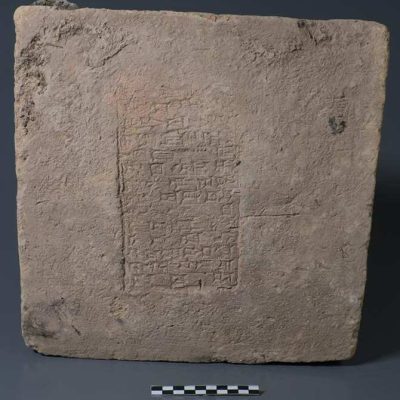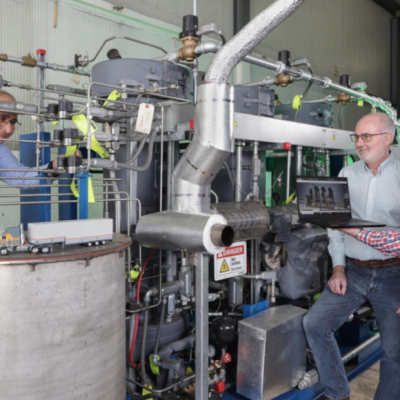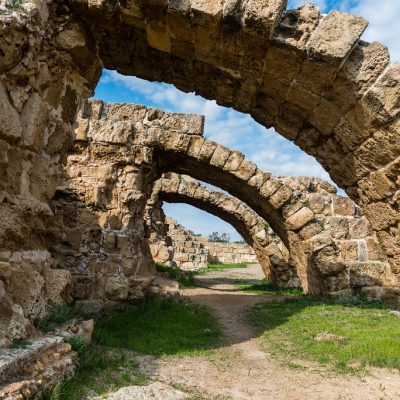Archaeologists have made a groundbreaking discovery near Luxor, Egypt, confirming a long-held theory about how the pyramids were built. The Cheops Pyramid, standing at 146.6 meters, was the tallest structure in the world until the construction of the Lincoln Cathedral in the 14th century. It is the only remaining wonder of the ancient world, and its impressive preservation is due to its massive construction. Over six million tons of stone were used to build the pyramid, and it has long been a mystery how the ancient Egyptians were able to construct such an imposing structure without modern machinery. Recent discoveries have provided clues, and now, an international team of archaeologists has uncovered evidence that confirms the use of ramps to transport the massive stones.
The team discovered the remains of an ascending ramp near Hatnub, north of Luxor, which would have been used to transport large and heavy blocks of stone up to the pyramid. The ramp had post holes along two staircases with a slope of up to 20%, indicating that sledges and ropes were used to move the stones up the ramp. The ramp dates back to the reign of Cheops, who ruled Egypt between 2650 and 2580 BC. The discovery sheds light on the logistics and techniques used to construct the Cheops Pyramid, providing invaluable insights into the ancient world.
According to Roland Enmarch of the University of Liverpool, the ramp provides “unsurpassed insights into the logistics and techniques required to construct the Cheops Pyramid.” The discovery confirms the long-held theory that ramps were used to transport the massive stones, and numerous rock carvings and depictions of daily life at the construction site support this idea. The discovery is a significant breakthrough in our understanding of ancient Egyptian construction techniques and provides a glimpse into the remarkable achievements of the ancient world.










